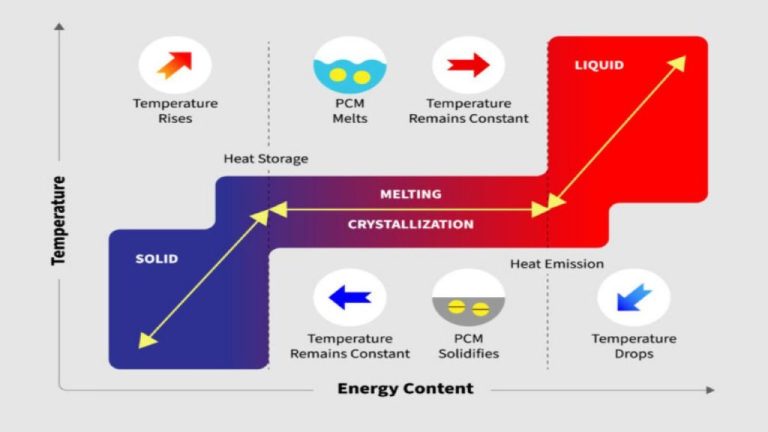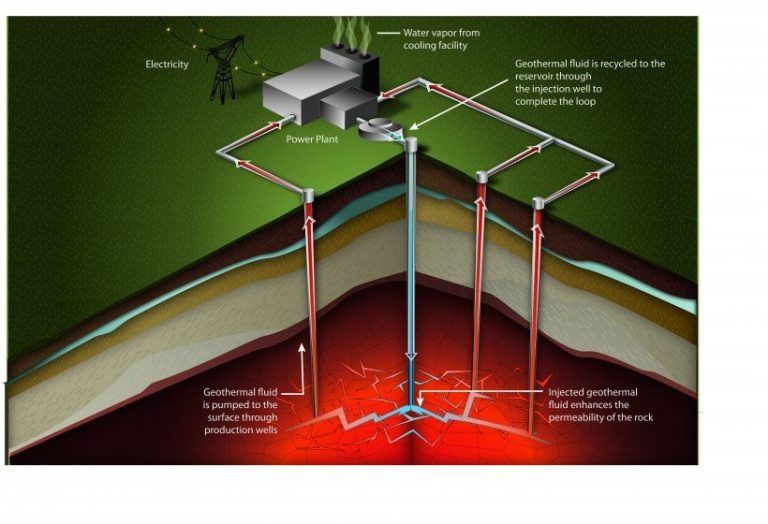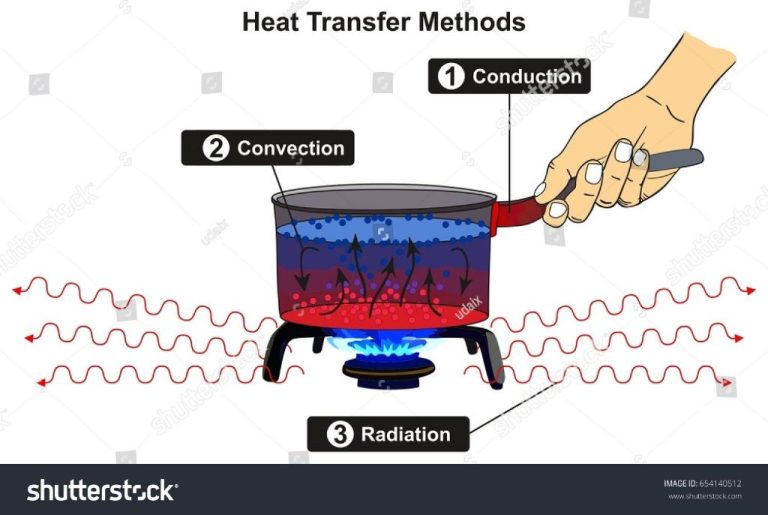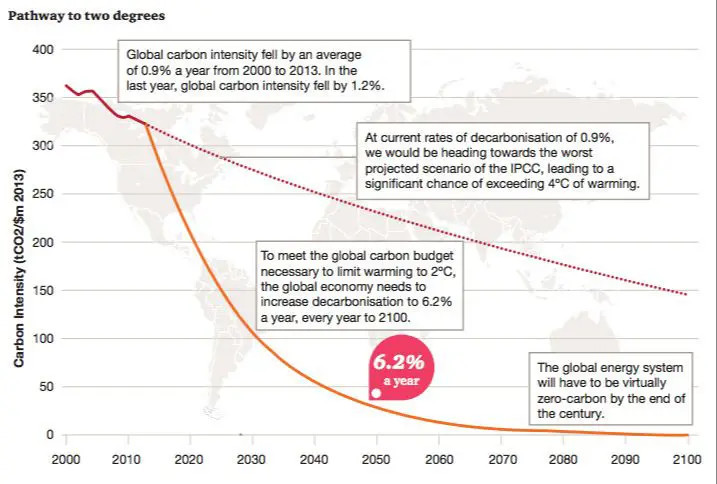How Much Do Solar Panels Reduce Climate Change?
Solar power has emerged as an important tool to combat climate change. By generating clean electricity from the sun, solar panels can reduce our reliance on fossil fuels like coal and natural gas that produce greenhouse gas emissions responsible for global warming. This article provides an overview of how much solar power can reduce climate change by displacing carbon-intensive electricity sources, lowering life cycle emissions, and enabling policies that promote renewable energy and emission reductions.
First, we will go over some climate change and solar power basics. Then we will look at how solar electricity reduces use of fossil fuels, analyze full life cycle emissions studies, and see how solar displacement of dirtier grid power leads to emission reductions. We will also discuss the climate benefits and limitations of solar expansion, and the importance of supportive policies to maximize solar’s impact. The key takeaway is that wide-scale solar deployment can significantly mitigate climate change, but its full potential requires smart policies and integration with other low-carbon energy sources.
Climate Change Basics
Human activities like burning fossil fuels are increasing greenhouse gases like carbon dioxide in Earth’s atmosphere. Greenhouse gases trap heat and warm the planet. This is called the greenhouse effect. Over time, the buildup of greenhouse gases is causing global temperatures to rise, known as global warming. The long-term changes in temperatures and weather patterns caused by global warming are called climate change.
The main human activities contributing to climate change are:
- Burning fossil fuels like coal, oil and gas for energy. This releases carbon dioxide.
- Cutting down forests. Trees absorb CO2 so there are fewer trees to remove greenhouse gases when they are cut down.
- Farming practices like fertilizer use also release greenhouse gases.
- Raising livestock like cows and sheep produce methane.
Greenhouse gas levels today are higher than they’ve been in over 800,000 years. Without action to reduce emissions, climate change is expected to cause more extreme weather events, sea level rise, damage to ecosystems, risks to food and water supplies, and threats to human health and livelihoods.
Solar Power Basics
Solar power refers to the conversion of energy from sunlight into electricity through the use of solar photovoltaic (PV) panels. Solar panels are made up of solar cells, which are made from materials like silicon that exhibit the photovoltaic effect. When sunlight hits these solar cells, the energy causes electrons to be freed from the solar cell’s atoms. Special treatment of the solar cell surfaces creates an electric field that forces these freed electrons to flow in a certain direction, creating a DC electric current. This DC current is then fed through an inverter to convert it into AC current that can be used to power homes, buildings, and grids.
In this way, solar PV panels are able to convert sunlight directly into usable electricity. They require no fuel input and have no moving parts or emissions during operation. The amount of electricity generated depends on how much sunlight strikes the panels, which varies by location, time of day, season, and weather conditions. Solar panels can be installed on rooftops, ground-mounted structures, or integrated into building facades to harvest renewable energy from the sun.
Solar Power Reduces Fossil Fuel Use
Generating electricity from solar power instead of fossil fuels like coal and natural gas reduces greenhouse gas emissions. When homes and businesses generate their own electricity from solar panels, that means utilities don’t have to burn as much coal or natural gas to meet electricity demand. Every kilowatt-hour of solar electricity offsets emissions from fossil fuels.
Solar power is growing rapidly and now provides around 3% of total U.S. electricity generation. In some states like California and Florida, solar supplies over 10% of electricity demand. As solar power displaces more fossil fuel generation, it will lead to significant emission reductions. For example, one estimate found that solar panels in the U.S. avoided over 50 million metric tons of CO2 in 2019 alone, equivalent to taking over 10 million cars off the road.
Life Cycle Emissions of Solar
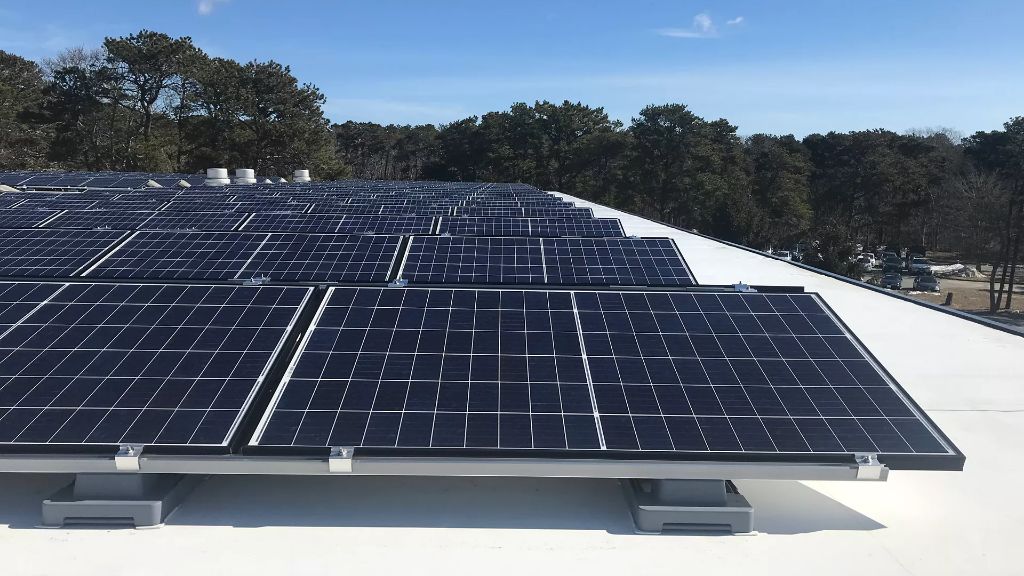
When assessing the climate impacts of solar power, it’s important to consider the lifecycle greenhouse gas emissions. This includes the embodied emissions required to manufacture, install, and eventually decommission the solar panels and related infrastructure. Most emissions occur upstream during the production and manufacturing phase.
The exact emissions vary based on the type of solar technology, with crystalline silicon PV panels having upstream emissions around 45 gCO2/kWh. Thin-film and concentrated solar power systems are a bit higher, around 60 gCO2/kWh. While these upstream emissions are not insignificant, over the full 25+ year lifespan, they account for only around 10-20% of total lifecycle emissions for solar power. Compare this to the lifecycle emissions of fossil fuels which range from around 400-1000 gCO2/kWh, much higher than solar.
So while manufacturing solar panels does require some energy and carbon emissions, the displacement of fossil fuels over decades of operation reduces net emissions dramatically. With today’s solar technologies and manufacturing methods, the lifecycle emissions from solar power are over 10 times lower per kWh than using fossil fuels.
Solar Power Displaces Grid Emissions
One of the most direct ways solar power reduces emissions is by displacing electricity from fossil fuel plants. When homes and businesses generate their own solar electricity, they draw less power from the grid. With reduced electricity demand, grid operators can dial back the output of coal and natural gas power plants.
According to a 2021 report by the Solar Energy Industries Association, solar panels in the US avoided over 50 million metric tons of CO2 emissions in 2020 alone. That’s equivalent to taking more than 10 million passenger vehicles off the roads for a year.
Grid emissions are highest during daylight hours when electricity demand peaks. Solar production closely matches these peak times, enabling solar to efficiently displace fossil fuels. Regions with lots of solar have seen dramatic reductions in carbon intensity during midday sunshine hours.
One study found that California’s carbon intensity dropped by nearly 20% on average between 2012 to 2020 due to rooftop solar alone. Emissions from natural gas power plants fell by over 15%.
Of course, the grid emissions benefits of solar depend on the existing generation mix. Regions relying more heavily on coal will see greater reductions from adding solar. Nevertheless, solar displaces fossil fuels and emissions in virtually all grid scenarios.
Solar Benefits For The Climate
Solar energy helps mitigate climate change in several important ways. First, solar offsets carbon emissions from fossil fuel power plants. Every kilowatt-hour of electricity generated from solar panels directly replaces a kilowatt-hour that would otherwise be generated from burning coal, natural gas, or other fossil fuels. This prevents carbon dioxide and other greenhouse gases from entering the atmosphere.
In addition, solar energy improves air quality by reducing emissions of sulfur dioxide, nitrogen oxides, particulate matter, and other pollutants from fossil fuel plants. This leads to cleaner air and better public health.
Furthermore, solar does not emit any greenhouse gases or toxic pollutants in its operation. The sun provides a free, renewable fuel source. This means solar power avoids the environmental damages of extracting and transporting fossil fuels.
Solar can also enable electrification of vehicles and buildings. Widespread adoption of electric vehicles, heat pumps, induction stoves, and other technologies can dramatically reduce direct fossil fuel consumption across the transportation, buildings, and industry sectors. But this electrification relies on clean power sources like solar to maximize climate benefits.
Lastly, solar supports grid flexibility and resilience. By generating power during peak daylight hours, solar helps meet peak electricity demand without firing up backup power plants. The modular and distributed nature of solar also strengthens grid resilience against disruptions.
Limitations of Solar
While solar power can significantly reduce greenhouse gas emissions compared to fossil fuels, it does have some limitations that are important to consider.
One key limitation is intermittency – solar power can only be generated when the sun is shining. This means solar needs to be paired with energy storage solutions, like batteries, to provide power when the sun isn’t available. Or it needs to be supplemented by other forms of generation like natural gas. Energy storage is still relatively expensive, which can limit how much solar can be integrated into the grid before substantial storage is in place.
There’s also the risk of rebound effects with solar. As solar makes electricity cheaper, people may use more electricity, offsetting some of the emissions reductions. Careful policy design and incentives can help avoid these rebound effects.
So while solar power can’t solve the climate crisis alone, with thoughtful policy and system design it can play a major role in deep decarbonization and reducing greenhouse gas emissions.
The Role of Policy
Government policies play a major role in accelerating the adoption of solar power and reducing reliance on fossil fuels. Strong financial incentives like tax credits, rebates, and net metering can make solar power more affordable and attractive for homeowners and businesses. Many experts argue that further policy support is needed to drive the widespread solar adoption required to maximize climate benefits.
Regulations to curb emissions from fossil fuel power plants or increase renewable energy mandates can also incentivize utilities to invest more in solar and other clean energy. Putting a price on carbon emissions, through a carbon tax or cap-and-trade system, makes fossil fuels more expensive compared to solar power. Building codes and permitting processes can be updated to facilitate solar installations rather than hindering them.
Government support has proven essential for solar power’s tremendous growth over the past decade. Sustained policy commitment will be vital for solar to reach its full potential in mitigating climate change and transitioning our energy system away from fossil fuel dependence.
Conclusion
In conclusion, solar power has significant potential to reduce greenhouse gas emissions and mitigate climate change if deployed at scale. The life cycle emissions of solar PV are far lower than conventional fossil fuel sources. As solar electricity displaces fossil fuels on the grid, it provides immediate emissions reductions. Models show that transitioning to high levels of solar energy could reduce global CO2 emissions from electricity generation by over 10 gigatons per year by 2050.
However, solar is not a silver bullet solution. To fully address climate change, we need a comprehensive strategy that combines renewable energy expansion, electrification of transport and buildings, energy efficiency gains, carbon removal technology, and policy measures. Solar energy can play a major role within that broader strategy, but only as one piece of the puzzle. With the right policies and investment, solar power can continue reducing emissions and help decarbonize electricity systems around the world.



